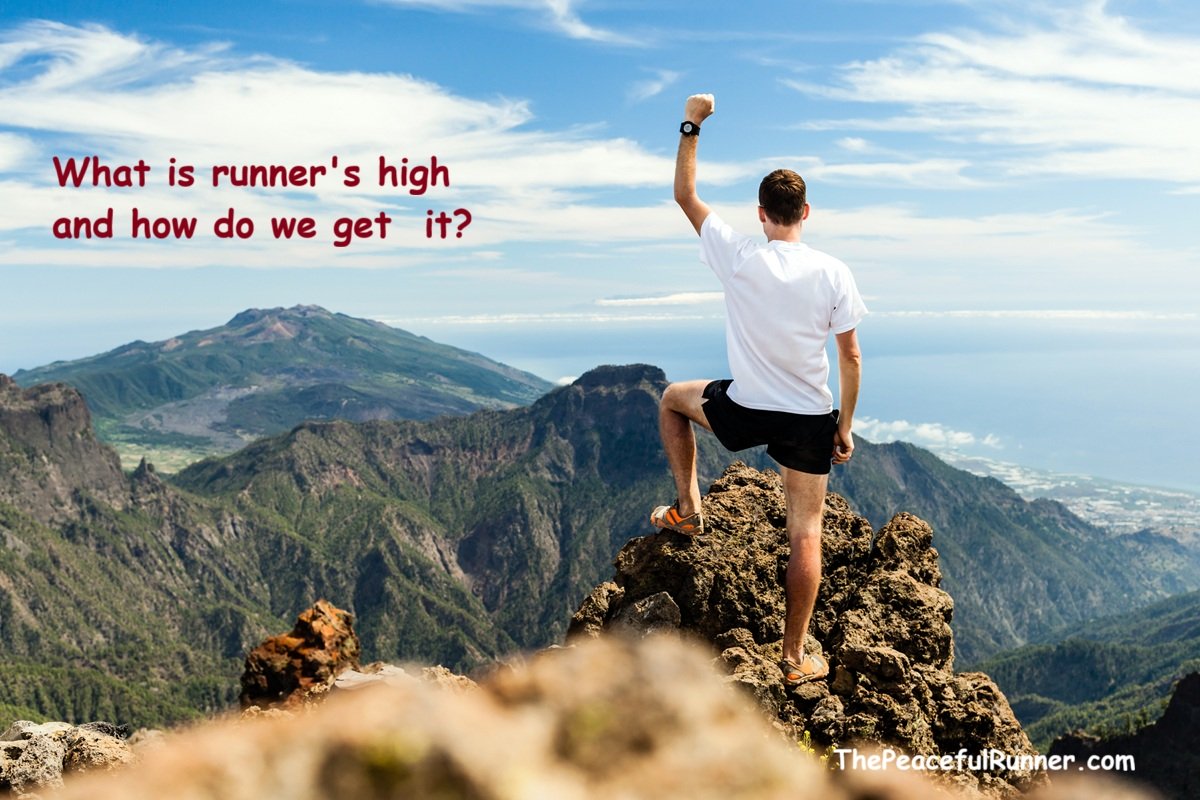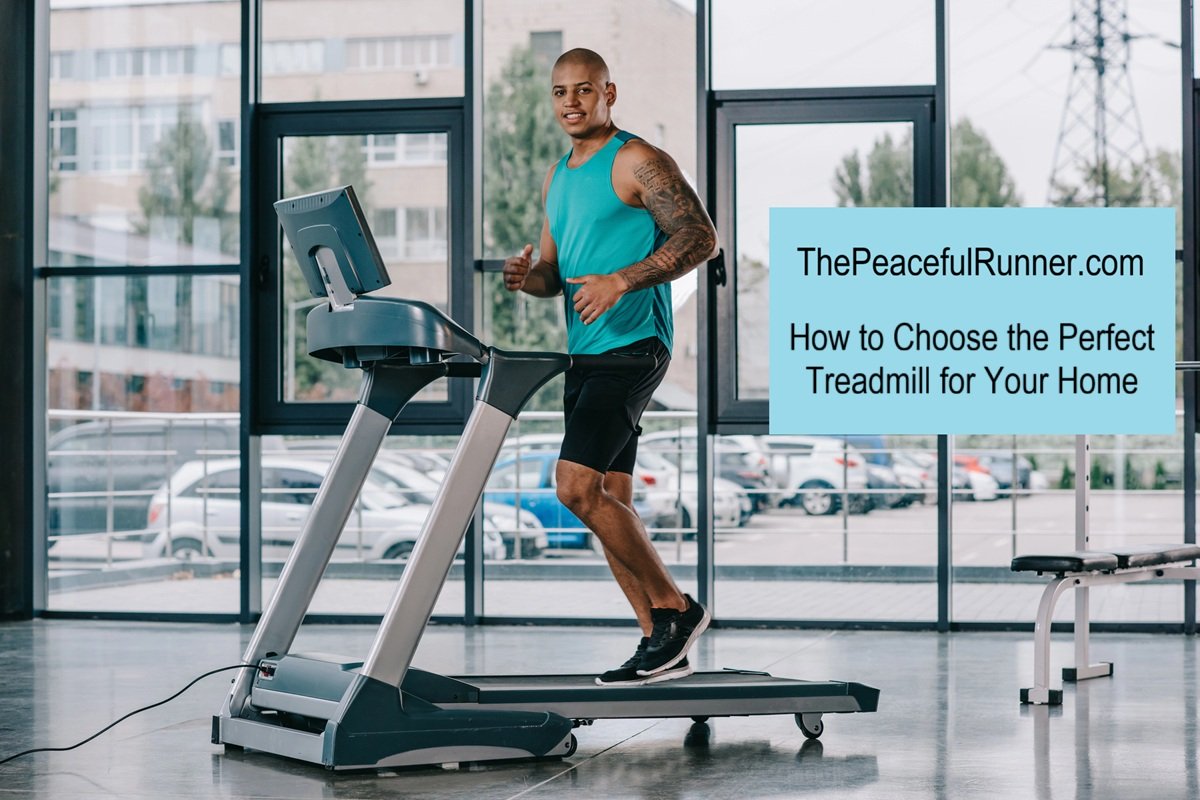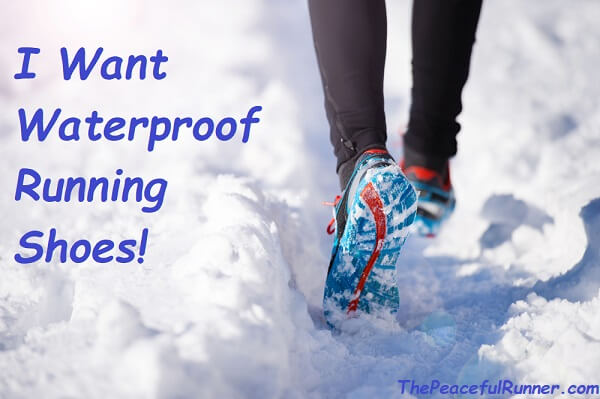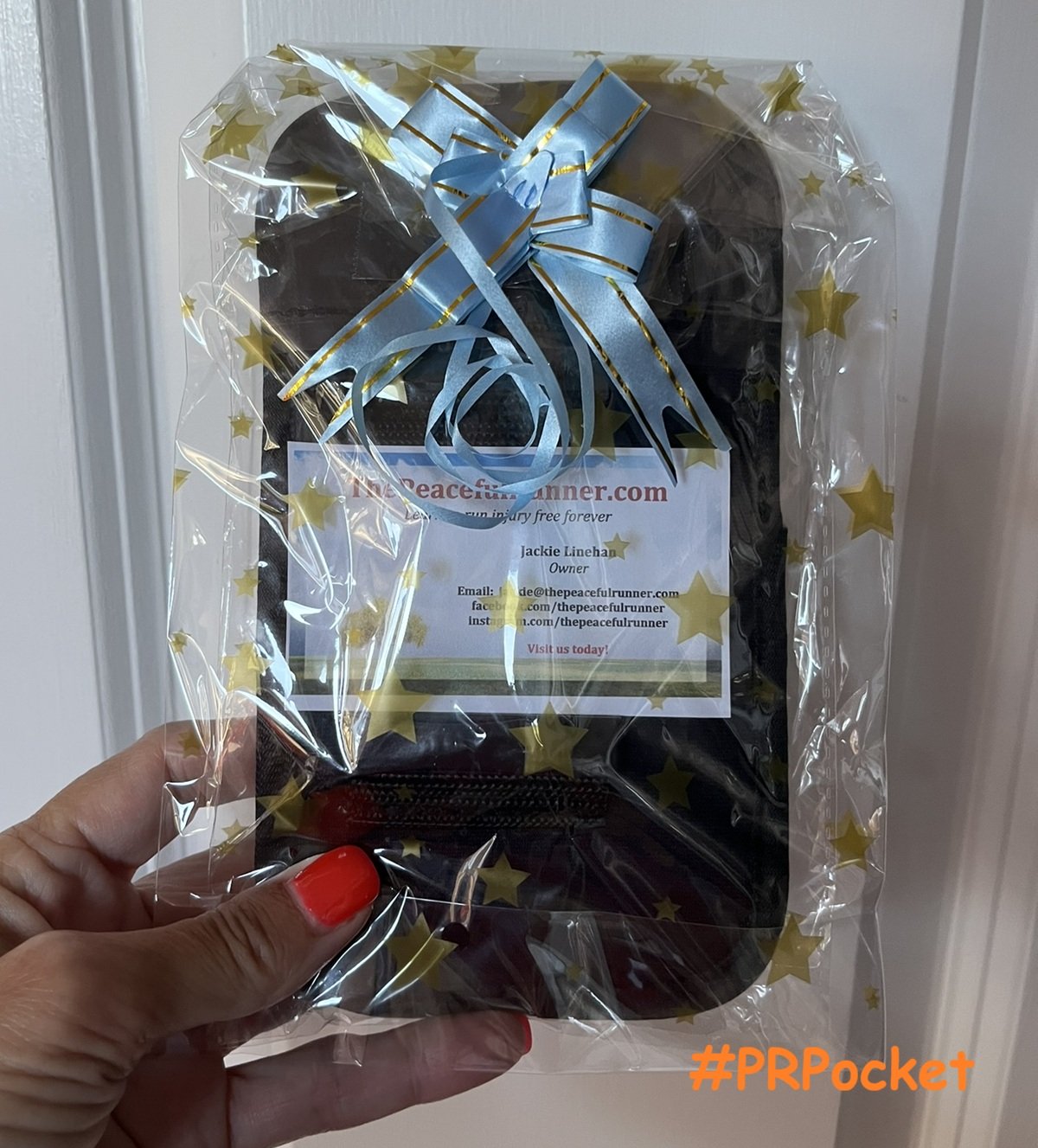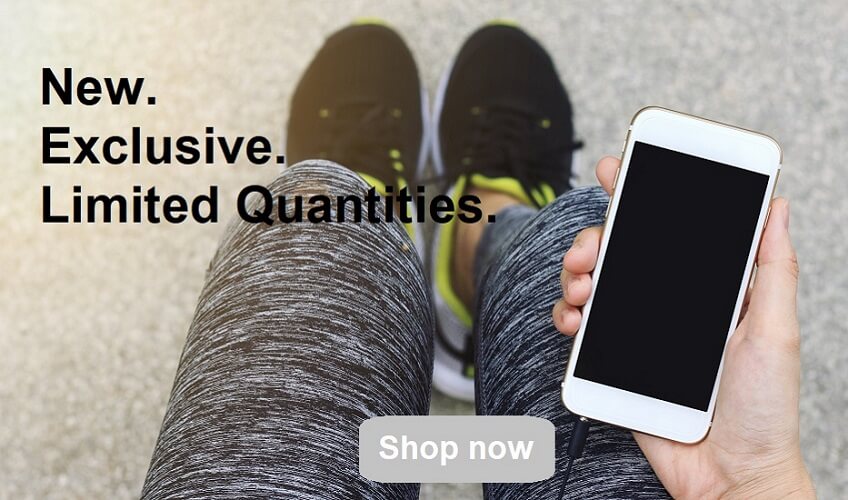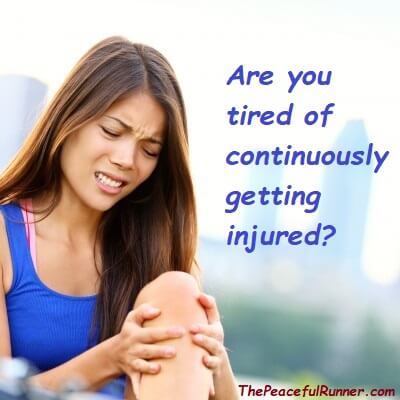- Home
- Feldenkrais for Runners
- Feldenkrais Method
How the Feldenkrais Method Can Help You Run Injury Free
FTC Disclosure: As an Amazon Associate, I earn from qualifying purchases. Learn more
If you are not aware of how you are moving, you cannot improve. The Feldenkrais Method can change how you run. It was created by Moshé Feldenkrais (1904-1984) as a system to improve movements through increased body awareness. Moshé Feldenkrais was a physicist and a mechanical engineer who developed this method to rehabilitate a serious knee injury that doctors said required surgery.
You will change how you move when you run. Using this method, you will follow instructions for specific movements designed to reduce pain and improve limitations in movement.
Learn body awareness through small, specific movements
I was first introduced to the Feldenkrais Method® because of a lower back problem. I suffered from lower back pain for many years. I tried many of the traditional medical methods, which all provided temporary relief. However, this method actually healed my back. I learned how to isolate and stimulate muscles that I haven't used in years. It has been more than six years since I've needed any medical treatments for back pain and my back has remained strong and healthy.
What I learned from my Feldenkrais® lessons will stay with me forever. I learned how to strengthen the connection between my mind and body. My body awareness was greatly enhanced. I began to notice how different movements were affecting my body and how slight changes could make a difference in the ease or difficulty of a movement.
With my heightened awareness, I discovered that I could also use the Feldenkrais Method to prevent running injuries. I began to pay more attention to my movements while running and began to understand why certain parts of my body hurt after running.
The following video will help you to understand more about the Feldenkrais Method, how it began and how it can help your discover your true potential through awareness of mind, body and spirit.
Check out this video to learn more about Feldenkrais®!

What will you notice with the
Feldenkrais Method?
With the Feldenkrais Method, I became more aware of how my body was moving during and after running and I began to notice the following:
- I was having more pain in my left leg than in my right. I began to focus on my left leg so that during running, it became my dominant leg. With continued practice, my left leg became stronger.
- Although my knees didn't hurt while I was running, I began to experience pain in my knees going up and down stairs. As I learned from my Feldenkrais lessons, there is a strong connection between the hips and the knees. I started to experiment with allowing my hips to move more freely, especially when I was using stairs. There was a very noticeable difference. Whenever I concentrated on this, I had no pain. I continued to practice more fluid hip movements and now I no longer experience any pain in my knees.
- After completing my weekly long runs, my lower back was often quite tired and
achy. As I began to think about my body's alignment, I realized that I was
running with my feet too close together and not properly supporting my
hips and back. I practiced running with my feet about hip distance
apart. There was a remarkable difference in how my back felt after
running as it was now being supported much better.
The Aware Athlete
Scott Forrester is the author of The Aware Athlete. He is a running form coach; a certified personal trainer; a licensed physical therapist assistant; and a Feldenkrais practitioner.
Scott shares wisdom discovered on his journey which began as a member of the high school track team and his frustration with injuries. He shares insight on how science helps us understand human potential, explores the science of neuroplasticity and the related concept of mind-body unity, how the brain influences physical structures, and our nervous system’s ability to optimize movement and performance.
At the end of each chapter, one or more movement lessons are included so you can experience the topics discussed in a personal way. Read more about this innovative guide for developing human potential here:
Learn how to run with your whole body
The Feldenkrais Method will help you to help yourself. It teaches you how to become aware of your individual body's movements - the key to correcting your posture and running injury free.
Want to learn more and experience Feldenkrais® for yourself, check out these Feldenkrais® resources:
- The Core Action Program for Runners and Triathletes is a program you can download and access immediately to begin running the Feldenkrais® way--with more ease, improved form and less injuries!
- The Online Feldenkrais Running Course can help you learn to run without pain. It uses the Feldenkrais Method of Movement Education® to help you not only understand what you need to do to run well, but actually feel how to do it. Whether you're a beginning runner or a world-class professional, a parkrun regular or an ultramarathoner, a masters runner or a high-schooler on a cross-country team, you'll feel your running significantly improve.
- Feldenkrais Exercises - A variety of sample exercises and full programs to improve running, back problems, computer and repetitive use injuries, and ease of breathing.
- Running With the Whole Body - A 30-day program to running faster with less effort.
- Radically Transform Running - In his book, The Art of Slowing Down - A Sense-able Approach to Running Faster, Edward Yu has included 20 lessons to help you improve your ability to sense your own body. These lessons will help you realize that your running abilities are more related to your ability to sense your body than willpower or talent.
If you would like to attend a local Feldenkrais group lesson or attend a one-on-one session, check out the Feldenkrais Guild of North America to find a practitioner near you.
You may also be interested in:
Treat chronic pain with Feldenkrais
Relieve Chronic Pain, Improve Balance, Shoulder Mobility, Move with Ease, Pain Management and More!
Back to top of Feldenkrais Method
Return to Feldenkrais for Runners
- Home
- Feldenkrais for Runners
- Feldenkrais Method
FTC Disclosure: As an Amazon Associate, I earn from qualifying purchases. Learn more
NEW FEATURE - DISQUS COMMENTS!
Login using Facebook, Twitter, Google or Disqus.
Recent Articles
-
Have you ever had a run where everything suddenly felt effortless?
Dec 18, 25 11:01 AM
-
How to Choose the Best Treadmill for Your Home
Dec 10, 25 07:13 AM
-
Winter Running Tips and the Best Waterproof Running Shoes
Nov 15, 25 01:55 PM
-
When the Music Stops, Awareness Begins
Nov 05, 25 10:54 AM
-
Get yours in time for gift giving!
Oct 24, 25 12:32 PM
-
Change How You Deal with Running Pain
Oct 10, 25 08:53 AM
-
Surprising Benefits of Backwards Running
Sep 15, 25 12:40 PM
-
It's an Awesome Product!
Aug 28, 25 09:25 AM
I went out for a walk this morning and I used the #PRPocket for the first time. I had to check at least 3 times because I thought I lost my phone (iPhone -
Running in Hot Weather: What Every Runner Needs to Know!
Aug 14, 25 01:00 PM
-
Sick of Dieting? You’re Not Alone — And There Is a Better Way.
Jul 30, 25 12:18 PM













